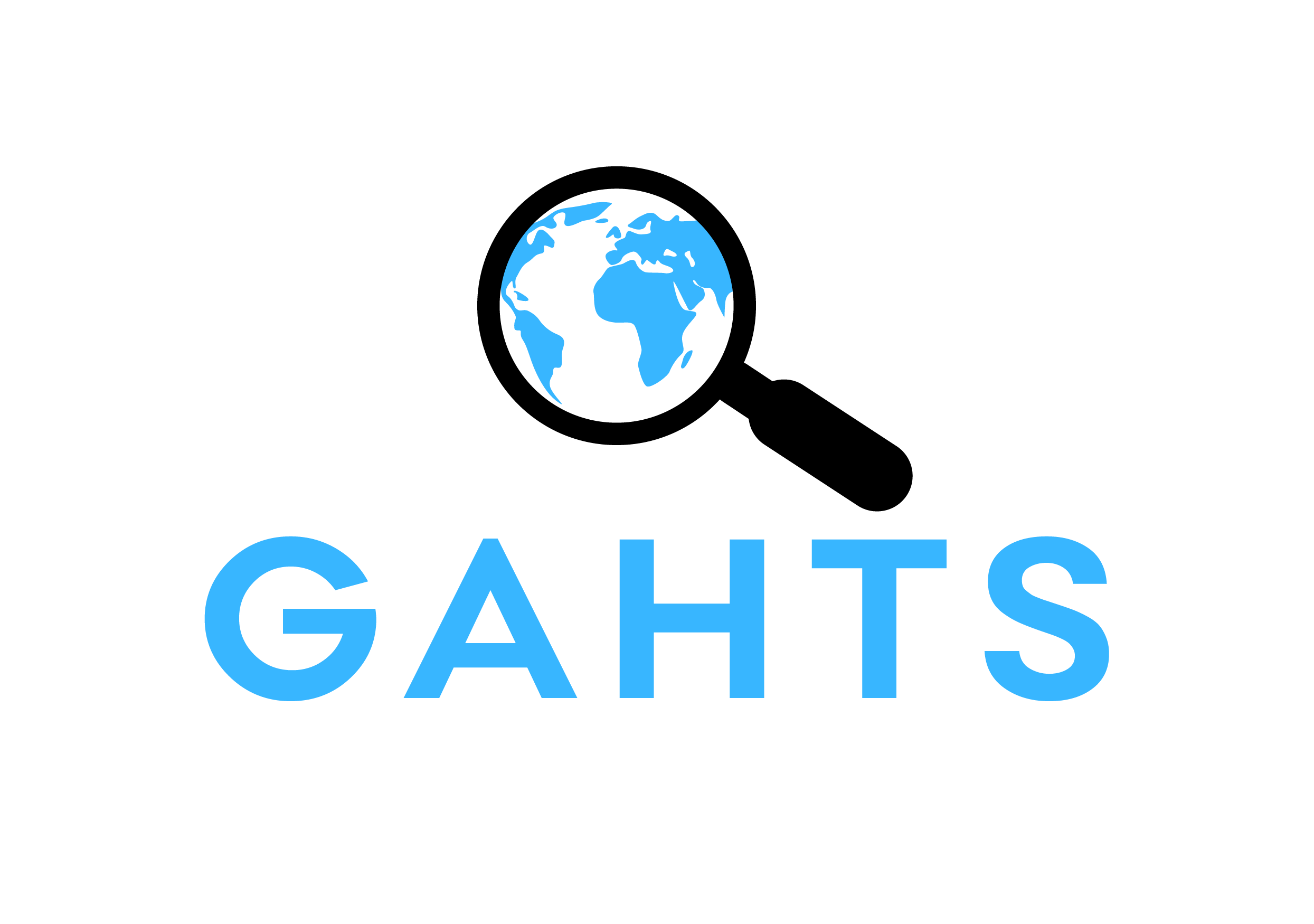Trafficking of women and children in East Java, Indonesia
Author: Sutinah & Mwende Kinuthia, Karen
Abstract: This study investigated the patterns and modes of the occurrence of cases of women and child trafficking in East Java Province, Indonesia. This includes the factors that cause women to become familiar with the trade of women and children. This qualitative descriptive study was conducted in four areas of the East Java Province, known as regions, prone to have victims of trafficking. To collect the data, the researcher conducted in-depth interviews with 115 respondents: 40 commercial sex workers (PSK), 4 transnational/ contract marriage victims, 45 beggars, 25 housemaids, 1 victim of child trade trafficking, and 10 concerned experts (researchers and activists from nongovernmental organisations). The study found that economic factors, sociocultural factors and a brokers’ proactive recruitment of new victims were the factors that led to the trafficking of women and children. The patterns and forms of the trafficking of women and children in East Java are (1) for prostitution, (2), for forced marriage across different countries, (3) to be employed as beggars, (4) to be employed as domestic servants and (5) to trade trafficked child victims to others. The modes developed by the syndicate to traffic women and children are increasingly diverse and this includes through persuasion, deceit, violence and the mode that uses ‘gendam’ or hypnosis.
Keywords: mode, prostitution, trafficking women, trafficking children, women and children in Indonesia
